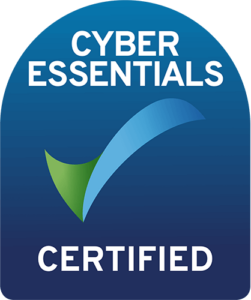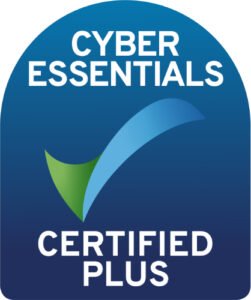Five key benefits of a CRM
Build better customer relationships
No matter where your customer is on their journey with your business, a real-time view of their challenges and preferences will enable you to build stronger, more long-lasting relationships with them.
Rather than bombarding them with marketing messages or suggesting advice that’s not relevant, you can ensure that every time you communicate with a customer, you are strengthening your relationship.
Unleash the potential of your employees
Your marketing, sales, and customer service teams will always hit a ceiling in their capabilities when operating in silos.
The 360-degree customer view provided by a CRM means that your teams can gain precious insight and information on each one of your customers. That means team members will be able to utilise data from across the business to really raise their game.
Maximise on your marketing and sales spends
Generally speaking, marketing and sales budgeting can be something of a dark art. With a CRM system in place, you’ll be far better positioned to see precisely how your spend is performing.
Over time, you’ll also be better equipped to forecast required budgets for future product launches and marketing activity. It’ll put an end to ‘finger in the air’ guesswork and gut-instinct sales practices.
Get better business insight
When customer data from various departments of your business is pulled together into a single report, it can provide a valuable snapshot of overall business performance.
Without a CRM, trawling through the separate data sets would cost time and money, making insight difficult. Once a CRM is implemented, you can easily dive into this data and pull reports as and when you need them. And that same insight can guide your business forward with laser precision.
Improve customer satisfaction
Through the systematic tracking and organisation of individual sales and service data, every contact you make with each of your customers will provide value and lead to better customer satisfaction.
Say, for example, a customer recently experienced an issue with one of your products. By pulling up their file on your CRM system, you’d be able to instantly see that this customer spends significantly more than the average. Therefore, offering a discount on any future purchase will be a worthwhile investment for you and a welcome gift for them.
That simple exchange has likely helped secure future income for your business and encouraged brand loyalty from the customer.

